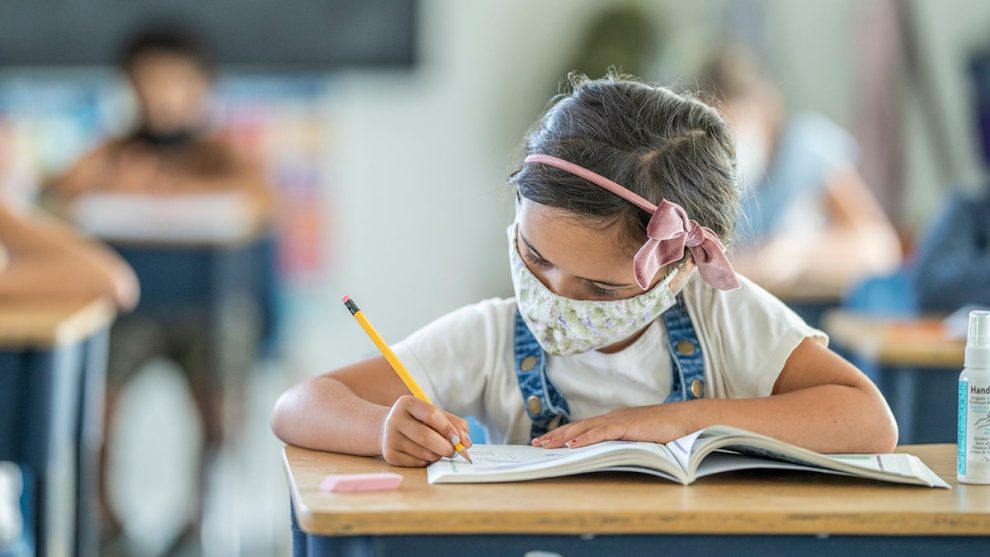The world bought 928 billion face masks at a cost of $389 billion during the COVID-19 pandemic, according to recently compiled data.
With a global population of 8 billion, that means about 116 masks were purchased for every person alive from 2020 to 2022. News of the massive investment comes amid new research indicating that face masks may have not been effective in combating COVID.
Statista, an online platform specializing in market and consumer data, estimated that global face mask sales, including surgical masks as well as respirators (such as the N95) and cloth masks, surged from 12.5 billion in 2019, when their use was mainly limited to medical personnel, to 378.9 billion in 2020, when the pandemic began.
Sales then increased to a peak of 402.1 billion face masks purchased in 2021 before dropping to 147.5 billion last year, according to the research from Statista’s Consumer Market Insights team. This year, only 22.7 billion masks are expected to be sold.
FACE MASKS MADE ‘LITTLE TO NO DIFFERENCE’ IN PREVENTING SPREAD OF COVID, SCIENTIFIC REVIEW FINDS
Meanwhile, estimated global revenue for face masks spiked from $1.4 billion in 2019 to $224.1 billion in 2020. One reason for the striking increase in 2020 was that prices surged as consumer demand outstretched supply and producers were struggling to ramp up production of cheap face masks.
Prices subsequently dropped in 2021 as more masks were widely available, leading global revenue to decrease to $128 billion despite an increase in the number of masks sold. Then last year, revenue plummeted to $36.5 billion. This year, the figure is projected to be $5.8 billion.
“For 2022, Statista’s analysts see revenue and unit sales at a fraction on 2020/2021 levels as many countries dropped mask mandates and many people returned to their pre-pandemic habits,” the analysis states. “For the upcoming years, Statista anticipates that the number of people wearing face masks will drop further and that their use will largely become confined to members of the medical community and the clinically vulnerable again. That is unless a new dangerous variant arises or another epidemic/pandemic occurs.”
Statista’s analysis came weeks before a new study found that much of the expenditure on masks may have been for naught. Published by the prestigious Cochrane Library, which is funded by the National Institutes of Health, the review dug into the findings of 78 randomized controlled trials to determine whether “physical interventions” – including face masks and hand-washing – lessened the spread of respiratory viruses.
4 MAJOR MISTAKES THE EXPERTS MADE ABOUT COVID DESPITE SAYING THEY WOULD ‘FOLLOW THE SCIENCE’
The conclusion about masks: “There is just no evidence that they make any difference. Full stop,” Tom Jefferson, the study’s lead author, said in an interview. When asked specifically about fitted N95 masks in health care settings, Jefferson added, “It makes no difference – none of it.”
In April 2020, the Centers for Disease Control and Prevention (CDC) called on all Americans, even children as young as 2 years old, to wear masks to protect themselves and others from COVID. That September, then-CDC Director Dr. Robert Redfield said during a Senate hearing that “face masks are the most important powerful health tool we have.” Dozens of states eventually enacted mask mandates.
Even last August, Dr. Anthony Fauci, then-director of the National Institute of Allergy and Infectious Diseases, said it’s “inexplicable” that some Americans view mandatory mask-wearing as a violation of their liberty.
























